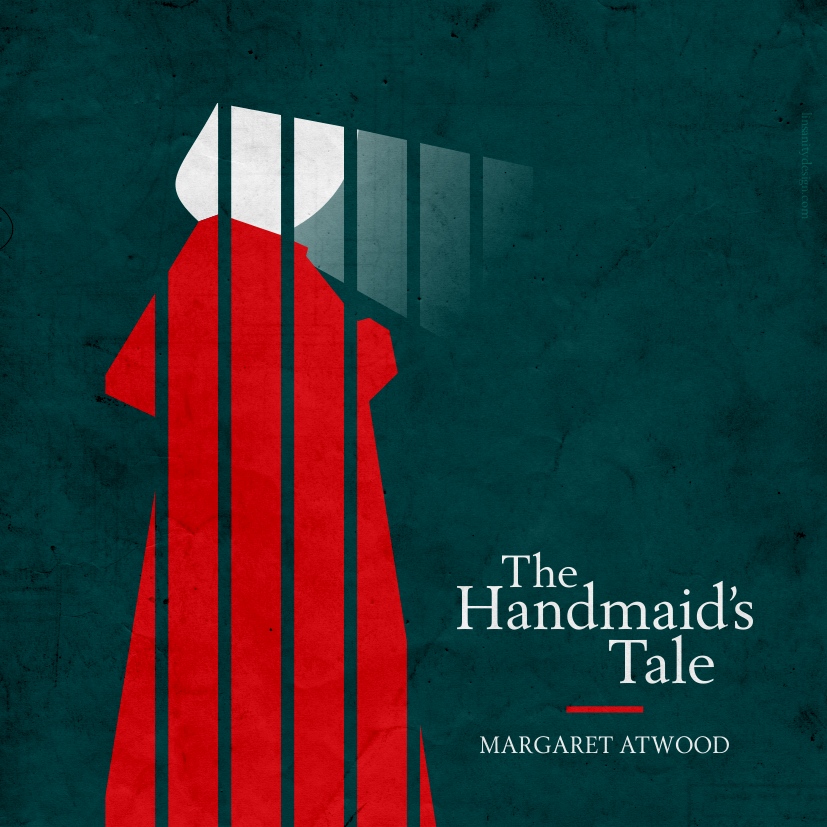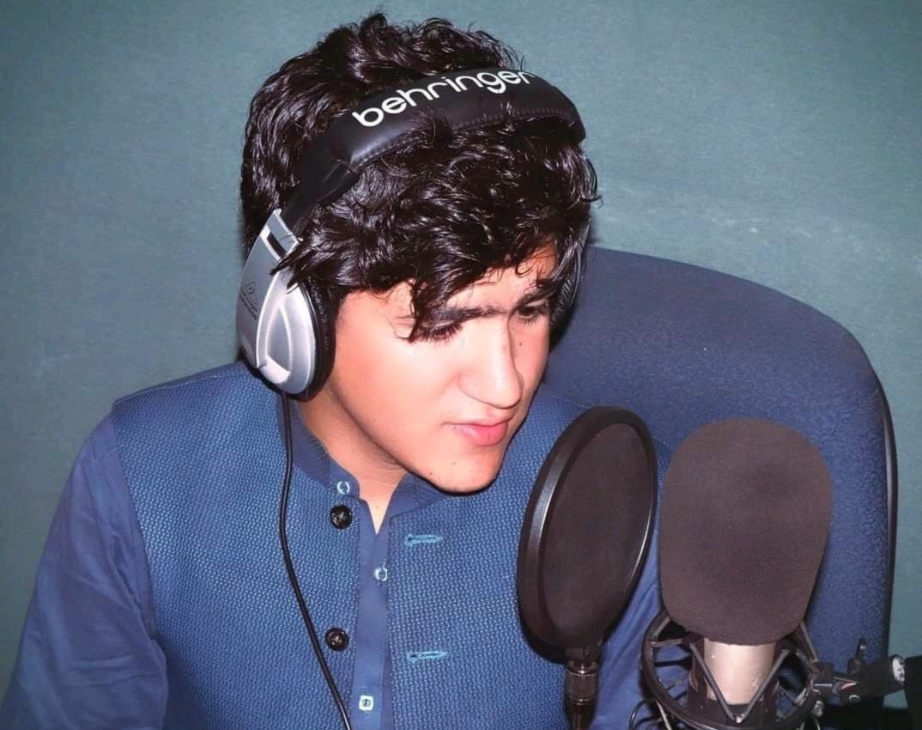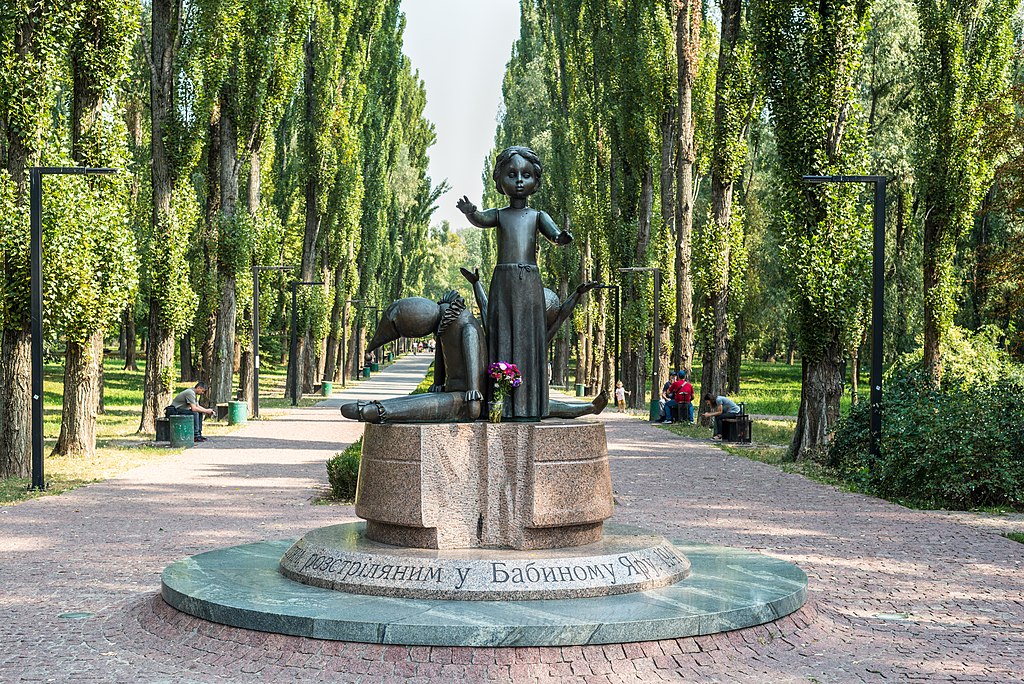This is a guest post by Cecilia Anesi
At 9am on Wednesday, 1 April three friends and I, all freelance photographers, were already walking around the City of London ready to document the protests at the Bank of England and Bishopsgate.
Until 10.30am, however, the only people around Moorgate, Liverpool Street Station and Bank were photographers, filmmakers and police.
But I had information that four different processions, represented by different coloured ‘Horses of the Apocalypse’, would converge on the Bank of England. We decided to join the housing march — Black Horse — and reached Cannon Street by 11am.
A few minutes after 11am, the first clash with the police took place. We rushed to the spot. Apparently what happened was that some protesters were too keen to start marching, breaching an agreement with police that the march would start at 11.30am.
In fact as soon as the march began, police started pushing and running against the tail of the procession. People started running in response and there were a few very tense moments. It was said on the news that the Black Horse procession was the one most targeted by police. I guess this was because it had among its members a bunch of young people dressed in black with their faces covered by scarves. These were the alleged anarchists, those who famously broke the window of the Royal Bank of Scotland branch in the City.
Certainly among them were some of the people I saw later with bleeding heads after clashing with riot police.
The housing procession converged with the other three processions in front of the Bank of England Museum, and a peaceful demonstration seemed to be taking place. It was full of journalists and photographers.
However, after a while people started realising that all the entrances and exits of the square, at the junctions of Threadneedle Street, Cornhill, King William Street, Queen Victory Street, Poultry and Prince’s Street, were by now blocked by the police. But they were not the riot police, and the officers were smiling rather than menacing. At one point there was a scuffle with some officers on Threadneedle Street, and supposedly a bunch of anarchists starting throwing objects at some officers.
But officers seemed determined not to answer back with force even though they had to retreat a little, and thus people moved down Threadneedle Street as far as the other police blockage would allow them to. They stopped people way before the Royal Bank of Scotland branch. My friends and I, like many others, wanted to move forward to the climate camp, and thus we climbed up some barriers to check the situation from a higher point than the road.
What we saw was a large crowd interrupted by yellow shiny lines of officers in fluorescent uniform: the police cordons. We had not yet realised that we, the people who had entered the square first, were no longer allowed out, while thousands of other people were prevented from entering at the same time.
The whole of Queen Victoria Street and Poultry Street, at that time, were full of people who wanted to belong to the same demonstration. But the police cordon separating them in half was set much before the beginning of the two streets, right after the tube station exit. Now we were trapped.
We tried to politely ask police to let us out at every exit but the answer was always the same: ‘If you don’t have a press pass you can’t leave.’ Was this denial of free movement legal? Police said that demonstrators had breached the peace and officers were therefore allowed to keep us under a sort of collective arrest as long as they saw fit.
People started to get nervous. You did not need to be an anarchist to feel like pushing to get out. This is why many started moving slowly down Threadneedle Street, thinking police had opened an exit. Once I reached the junction with Bartholomew’s Lane, where the RBS branch is located, it became clear that what we thought was an exit was just another trap.
Somebody was kicking the RBS’s windows. We were squeezed like sardines and the only way of understanding what was going on was by lifting my camera above the crowd and then having a look at the shots I had taken from high up. A helicopter started descending, and at one point it really felt close. It was unclear why the police were not reacting. I wondered why the building was not protected, or boarded up. Bankers were watching from the windows what seemed to be few men breaking in the windows and an army of photographers snapping their action.
Some journalists were stuck on the back lines like us. Most people did not understand what was going on. It wasn’t clear whether we would be charged by riot police. We thought about running, but we eventually decided against that: it would have resulted in slaughter, since there was no room to even turn, let alone run. I began getting worried that police might shoot tear gas at us.
It became clear the ‘breach of the peace’ claim was a police excuse not to let us out of the square. We were trapped. And the police cordons of fluorescent yellow jackets were replaced by mean-looking riot police in black. We sat down for about an hour in the sun — some people trying to relax and enjoy themselves, others, like me, standing up at regular intervals to check out the situation by climbing up the gate of one of the Bank tube station exits.
I saw that police on horses had come in to support the riot police in Threadneedle Street. Crowds of people had gathered in front of the police cordons begging to be allowed to leave. People were getting tense, scared and tired. There were many young people, but there were also kids and old people, who had probably not expected the situation to turn this insane.
Between Poultry and Queen Victoria Street police were trapped as well, in a game of pull and push, with one group of people wanting to get out and the other that wanted to walk in.
Meanwhile many were getting injured. But they in the crowd were not carried to hospital or to an ambulance, but rather left to walk back into our circle.
At one point the two crowds of people in Queen Victoria Street and Poultry managed to break the police line and people flooded the streets. This is how we managed to get out. But the police were quick to close everybody else back in a circle again.
In my view, the police tactics made up a proper siege and a breach of basic human rights.





